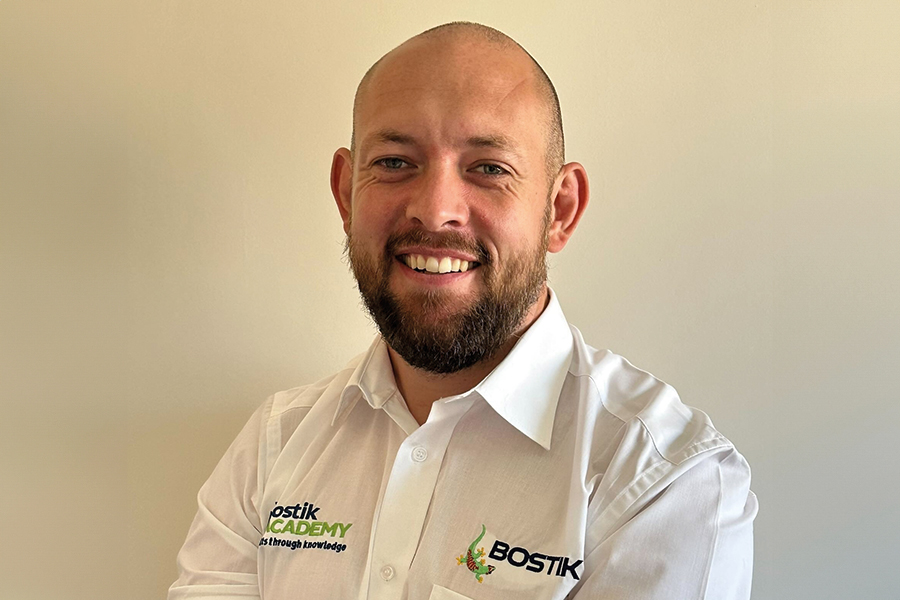Starting in 2025, the way flooring is installed may change with government’s decision on how houses are heated. Shane Moore elaborates.
THERE’s an ever-growing demand for housing stock in the UK, meaning the need for flooring installers is also increasing. Many newbuild properties don’t come with a finished floor, which leaves an opportunity for suppliers to offer their products. However, starting in 2025, the way flooring is installed may change with the government’s decision on how houses are heated.
Gas boilers have been a popular choice for heating homes in the UK for many years. However, with the government’s commitment to reaching net zero carbon emissions by 2050, there has been a lot of talk about phasing out gas boilers. This has led to some confusion and concern among homeowners about what this means for their homes.
There’s no legislation in place that requires homeowners to replace their existing gas boilers, either before or after 2025. The gas boiler ban that has been making headlines in recent years relates to new homes built after 2025. These homes will not be allowed to have gas boilers installed and will need to use alternative heating systems, such as heat pumps or hydrogen boilers.
Underfloor heating
To coincide with the new ways of heating homes, underfloor heating is becoming increasingly popular in the domestic market, and it’s not hard to see why. This type of heating system offers many advantages over traditional radiators and is more efficient and cost effective.
As more homeowners look for ways to save money on their heating bills and make their homes more comfortable, it’s likely that underfloor heating will continue to grow in popularity.
With pump screeds often being used to encapsulate the underfloor heating, correct subfloor identification has never been more important. Failing to do so may cause a rather large headache, with laitance likely to be an issue, alongside friability.
Friability
Friability refers to the tendency of a material to crumble or break apart easily. In the case of substrates, this can be caused by poor materials or improper installation. If the substrate is in a terrible state, it may need to be ripped up and reapplied, which is not always feasible due to time constraints.
In these instances, a structure repair product such as Bostik RENO E742 STRUCTURE can be used to consolidate a weak layer of the screed, resolving the issue of friability. The two-part epoxy system for repair of cracks, holes and voids can be applied in one day and left to cure overnight, allowing the installer to continue the next day.
Moisture
With new-build projects, getting the house ready to become a home in as little time as possible is often a priority. Moisture content in the substrate is, therefore, another important consideration.
On calcium sulphate subfloors with underfloor heating, it is not recommended to apply a moisture suppressant to the substrate. This is because the floor needs to be dry and have a relative humidity (RH) reading below 75%.
However, if the calcium sulphate floor does not have underfloor heating, it may be possible to apply a moisture suppressant depending on the moisture content of the substrate.
When dealing with a cement substrate with underfloor heating, it is possible to apply a moisture suppressant depending on the readings. Cement substrates are typically more porous than calcium sulphate floors and can be stronger in certain scenarios. In this case, it is important to take accurate moisture readings to determine if a moisture suppressant is needed and to choose the appropriate product based on the substrate type and moisture content.
If you’re looking for a fast-track moisture control system, Bostik HYTEC P510 RENORAPID could be the solution. A one-part primer and moisture suppressant for use on absorbent and non-absorbent floors, it offers a number of benefits compared to traditional moisture control systems, including incredibly easy application. This means you will be able to get your flooring projects up and running in no time – you can often apply the moisture control system and the smoothing compound on the same day.
The increase in housing demand in the UK is creating more opportunities for flooring installers and suppliers alike. However, it is important to be aware of the potential issues with substrates and moisture levels, and to use the right products to ensure a high-quality finish floor. Bostik offers a range of products that are specifically designed for the flooring industry, including structure repair, moisture control, smoothing compounds and flooring adhesives.
To gain a better understanding of our product selection and for additional information, we recommend downloading the Bostik Pro app, or attending one of the many free training courses that Bostik has to offer.
shane.moore@bostik.com
www.bostik-profloor.co.uk
Shane Moore is technical consultant, Bostik


